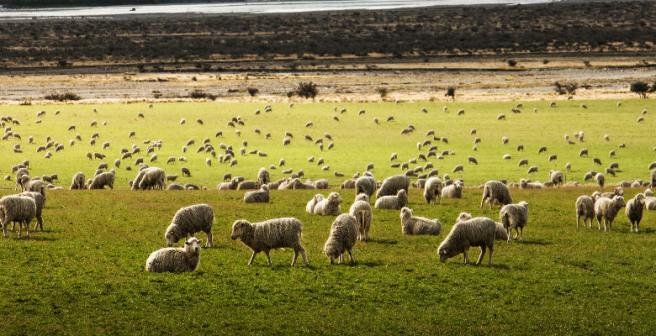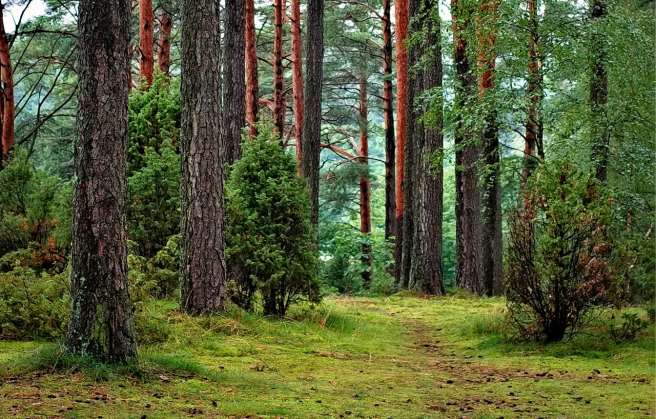Researchers discover the earliest ancestor of land herbivores

The discovery of a fossilized juvenile skeleton of Eocasea martini has helped researchers understand how carnivores transitioned into herbivores for the first time on land. The 300-million-year old skeleton is less than 20 cm long and consists of a partial skull, most of the vertebral column, the pelvis, and a hind limb. The researchers were able to compare the skeletal anatomy of related animals and conclude that Eocasea martini belonged to the caseid branch of the group Synapsid. This group, which includes early terrestrial herbivores and large top predators, ultimately evolved into modern living mammals. Read more in PLoS ONE.
RR Reisz and J Fröbisch, PLoS ONE, 2014. DOI: 10.1371/journal.pone.0094518


